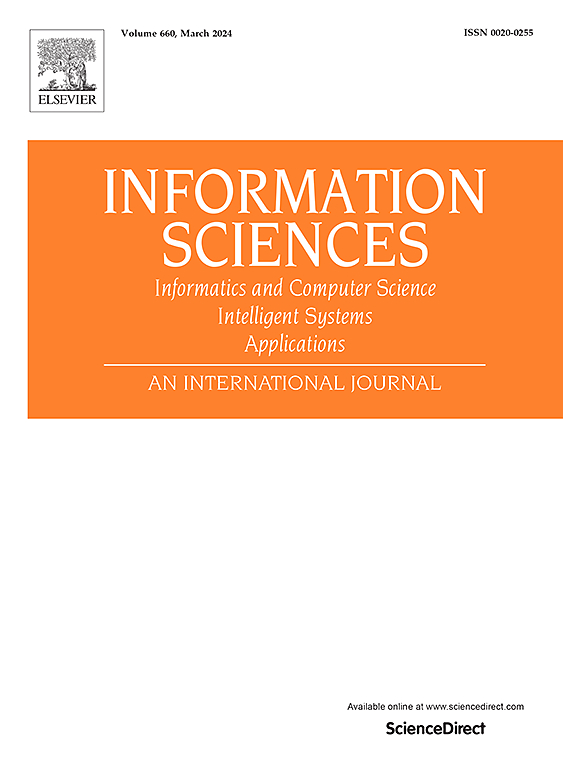NEEP-ADF: Neuro-encoded expression programming with automatically defined functions
IF 8.1
1区 计算机科学
0 COMPUTER SCIENCE, INFORMATION SYSTEMS
引用次数: 0
Abstract
Symbolic equations are crucial for scientific discovery. Symbolic regression, the task of extracting underlying mathematical expressions from data, represents a challenge in artificial intelligence. Although recent algorithms integrating symbolic regression with neural networks have emerged in the machine learning community, these approaches primarily focus on small-scale dependencies among symbols, neglecting relationships between larger scales (such as among substructures) and interactions between small and large scales (such as between symbols and substructures). A single-scale generation model can lead to redundant expression structures and convergence oscillations. This paper introduces Neuro-Encoded Expression Programming with Automatically Defined Functions (NEEP-ADF), a novel method addressing these challenges by learning multi-scale relationships. The NEEP-ADF method is based on two core ideas: 1) Symbols form reusable substructure modules through small-scale dependencies. 2) The model captures large-scale relationships among substructures to adapt to specific target problems. This multi-scale approach endows NEEP-ADF with flexible scalability, enabling it to dynamically adjust the complexity of solutions through symbols and substructures, thereby effectively addressing the problem of unknown scale. In a series of benchmark tests encompassing synthetic and real-world benchmarks, both versions of NEEP-ADF (Evolutionary Computation and Reinforcement Learning) demonstrated the state-of-the-art performance and convergence speed among the compared algorithms.
求助全文
约1分钟内获得全文
求助全文
来源期刊

Information Sciences
工程技术-计算机:信息系统
CiteScore
14.00
自引率
17.30%
发文量
1322
审稿时长
10.4 months
期刊介绍:
Informatics and Computer Science Intelligent Systems Applications is an esteemed international journal that focuses on publishing original and creative research findings in the field of information sciences. We also feature a limited number of timely tutorial and surveying contributions.
Our journal aims to cater to a diverse audience, including researchers, developers, managers, strategic planners, graduate students, and anyone interested in staying up-to-date with cutting-edge research in information science, knowledge engineering, and intelligent systems. While readers are expected to share a common interest in information science, they come from varying backgrounds such as engineering, mathematics, statistics, physics, computer science, cell biology, molecular biology, management science, cognitive science, neurobiology, behavioral sciences, and biochemistry.
 求助内容:
求助内容: 应助结果提醒方式:
应助结果提醒方式:


